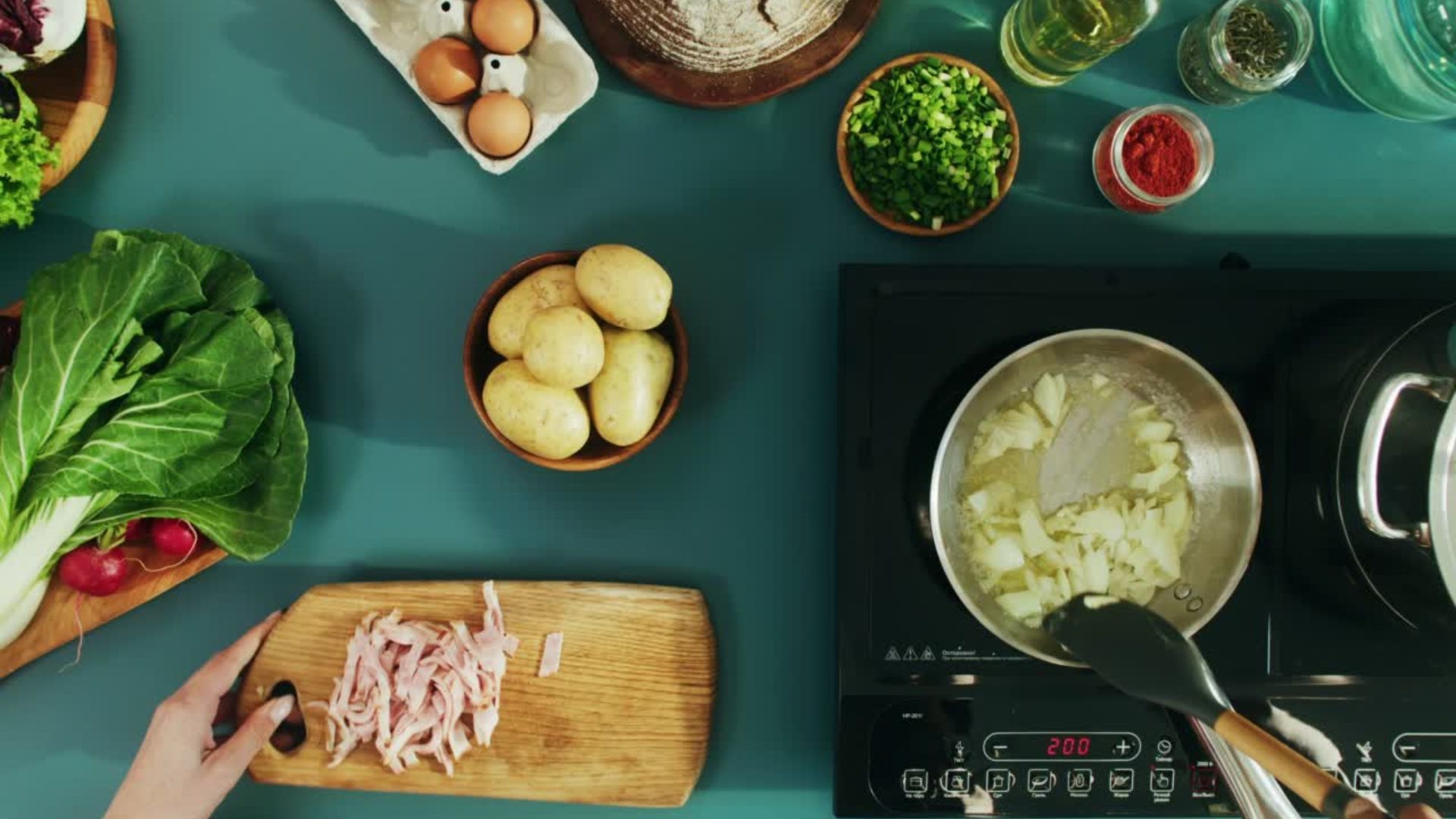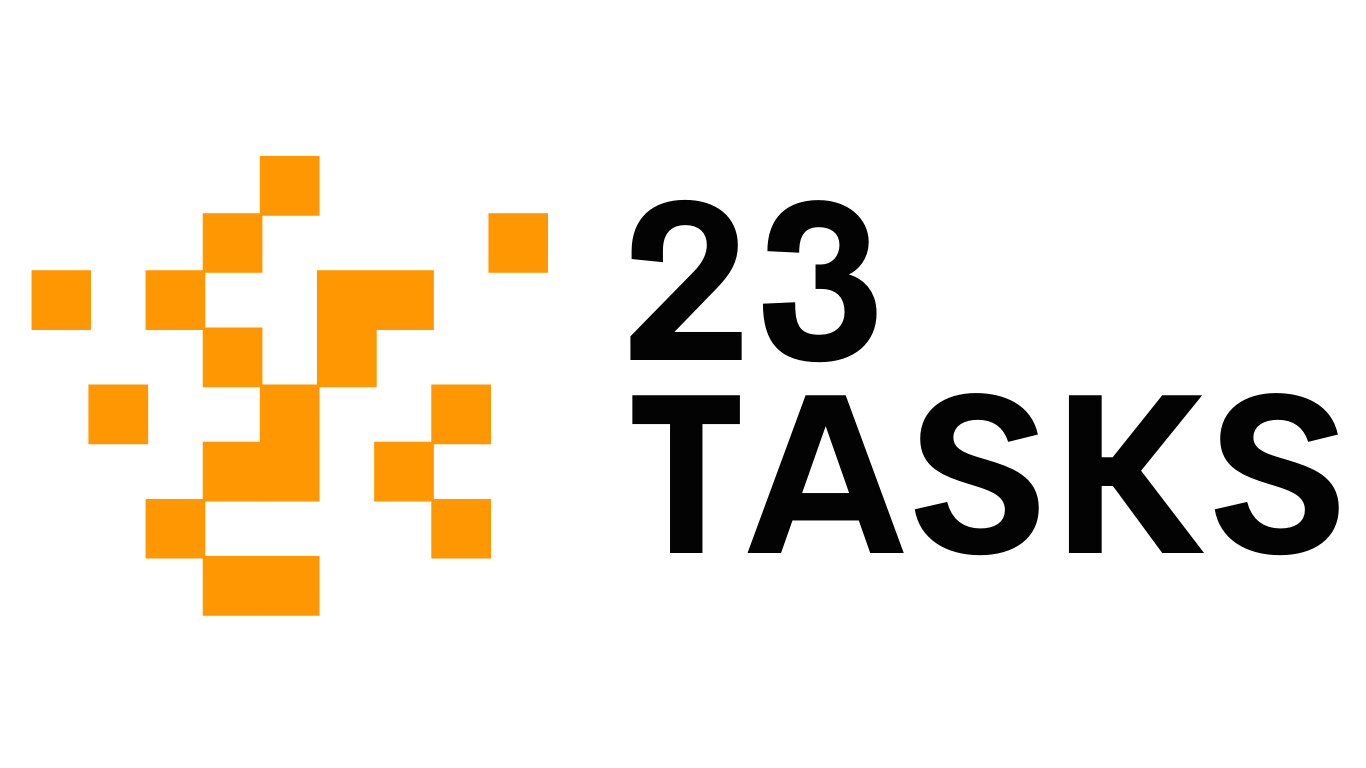1. Why does meal planning help with fat loss?
It reduces impulse eating, improves consistency, and helps control calories
without relying on willpower.
2. What are the benefits of high-protein meals during
weight loss?
- Increased
satiety
- Reduced
cravings
- Muscle
preservation
- Higher
thermic effect of food
3. What are some quick high-protein meals for busy
people?
- Greek
yogurt with berries and chia seeds
- Tuna
with beans and salad
- Chicken
with microwave rice and steamed veg
- Eggs
with whole grain toast
4. How much protein should each meal contain?
Aim for 20–30 grams of protein per main meal to support satiety and muscle
retention.
5. What’s a protein-dense food?
A food that provides a high amount of protein relative to its calorie content,
like chicken breast or egg whites.
6. Can I meal prep if I’m short on time?
Yes. Batch cook protein, wash vegetables, and use convenience items like canned
beans or frozen grains.
7. What are some common meal planning mistakes?
- Forgetting
to include protein
- Making
plans too complex
- Ignoring
snacks
- Expecting
perfection
- Repeating
the same meal until burnout
8. How do I know if a food is low in protein?
Check the nutrition label. Look for less than 5g of protein per 100g or per
serving as a red flag.
9. What are good high-protein snacks?
- Cottage
cheese
- Boiled
eggs
- Protein
shakes
- Roasted
chickpeas
- Edamame
10. What role do habits play in successful meal planning?
Habits automate healthy choices and reduce decision fatigue, which leads to
better consistency and results.
11. Is eating the same meals every day okay?
Yes, if it keeps things simple and enjoyable. You can rotate spices or sides to
prevent boredom.
12. How do I read nutrition labels effectively?
Focus on:
- Protein
per serving
- Calories
- Ingredient
length and clarity
Use the FDA’s label guide for detailed help.
13. How can I avoid low-quality "healthy" food
marketing?
Ignore front-of-pack claims. Read the actual nutrition facts and ingredients
instead.
14. What’s the best time of day to prep meals?
Whenever you’re consistent — often Sunday or midweek evenings work well.
15. Can frozen or canned foods be part of a healthy meal
plan?
Yes. Choose low-sodium and no-sugar-added versions when possible.
16. Why do so many diets fail?
Most fail due to inconsistent habits, unrealistic rules, and lack of
flexibility not because of lack of motivation.
17. Is it okay to eat out while following a meal plan?
Yes, if you plan ahead, focus on protein, and avoid ultra-processed or fried
options.
18. How do I deal with food fatigue?
Keep the meal structure consistent but vary flavors, sauces, or seasoning
blends weekly.
19. Should I track calories while meal planning?
It’s optional. A protein-first approach with portion awareness can be effective
without full tracking.
20. How can I stay motivated with meal prep long-term?
Simplify your system, keep favorite ingredients on hand, and review your
progress regularly. For more, see our guide on staying
motivated for weight loss.



